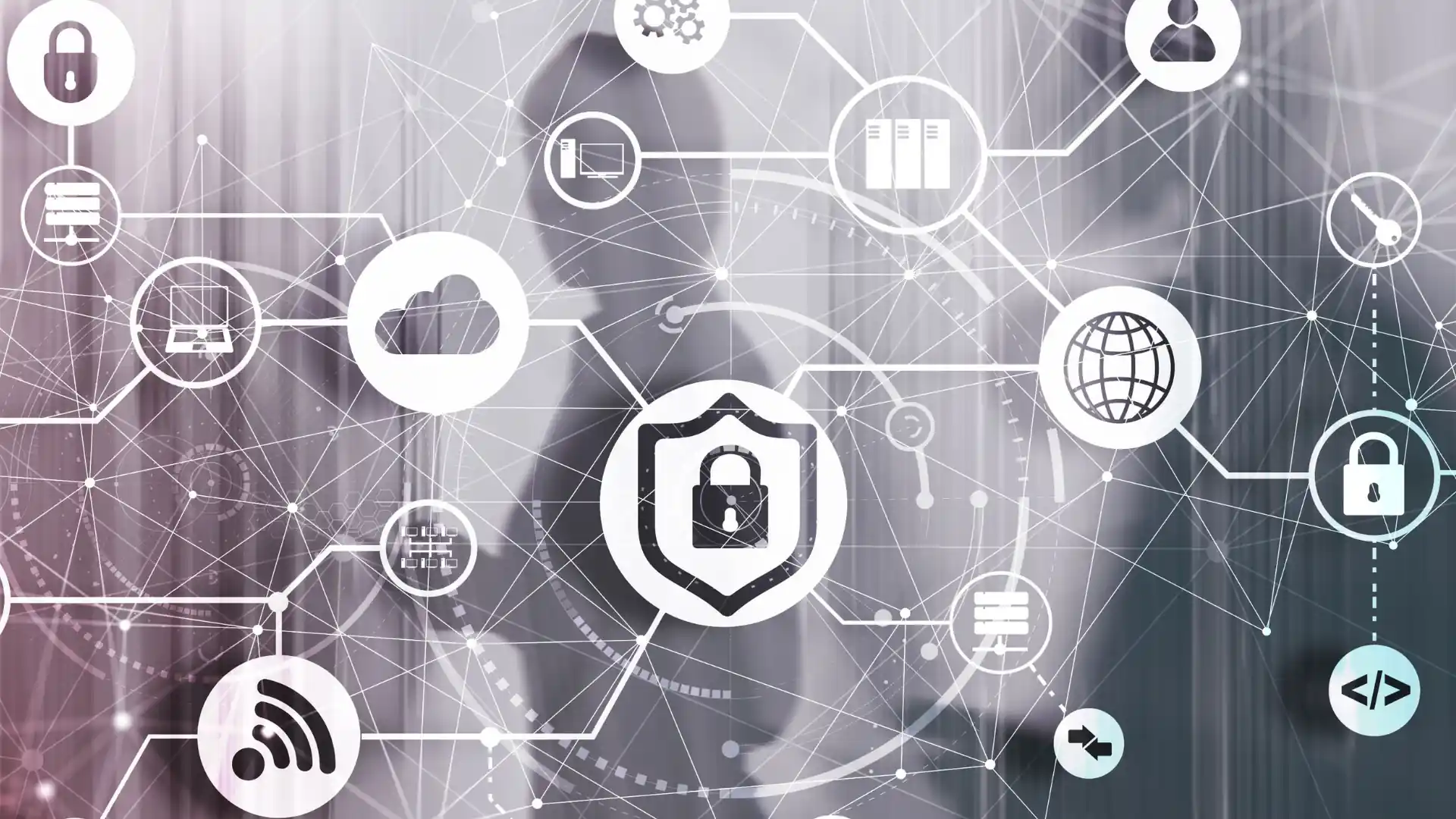In a world where our personal data is increasingly digitalized, the importance of safeguarding sensitive information has never been more critical. This is particularly true within educational institutions. More than 50% of educational institutions have faced some sort of data security incident. Student data security stands as a paramount concern, reflecting the need to protect the privacy of individuals and to uphold the integrity of academic processes. Information systems play a pivotal role in this context, serving as the guardians of invaluable data repositories. This comprehensive guide aims to shed light on the significance of data security as well as provide insights into how information systems play a pivotal role in an educational setting.
1. Developing a Data Security Policy
Developing an effective data security policy requires a methodical approach that addresses the unique challenges within educational institutions. To begin, conduct a thorough audit to identify the types of data collected, stored, and processed. Information systems aid in the identification and classification of sensitive data, tracking its lifecycle from collection to disposal. Additionally, engage key stakeholders, including educators, administrators, and IT professionals, to garner diverse perspectives and insights. With this information in hand, the next step involves aligning the policy with relevant data protection laws, such as GDPR and FERPA. Clearly articulate the principles and guidelines for data handling, storage, and sharing. This should emphasize the importance of user awareness and training. Implementing an information system facilitates compliance with data protection laws by automating processes for data anonymization, retention, and deletion. Developing a data security policy is an ongoing process. It requires collaboration, adaptability, and a commitment to creating a secure data environment.

2. Implementing Access Control
Effective access control to sensitive student information is a crucial aspect of data security. One strategic approach involves defining clear user roles and responsibilities. This means actively categorizing access levels to align with specific data needs. Information systems enable the seamless implementation and monitoring of role-based access controls, ensuring that the right individuals have appropriate access to student data. Furthermore, the system facilitates the integration of advanced authentication methods, such as biometrics or token-based systems. These verify the identity of users seeking access. Additionally, regularly reviewing and updating access permissions based on personnel changes or organizational shifts ensures up-to-date control measures. By combining active role-based access controls and authentication with safeguards like encryption, institutions can establish a robust access control framework.
3. Regular Data Audits and Compliance
Robust student data security within information systems necessitates a proactive approach. Conducting regular data audits serves as a crucial checkpoint, allowing educational institutions to scrutinize their data management practices and identify potential vulnerabilities. Begin by establishing a comprehensive audit framework. This encompasses data access controls, encryption protocols, and user authentication mechanisms. Regularly review and update these measures to align with evolving cybersecurity standards. Adhering to data protection fortifies the institution against legal ramifications and the commitment to responsible data handling. Information systems enable automated monitoring of data access, facilitate real-time threat detection, and streamline the implementation of security updates.
4. Data Encryption and Backup Strategies
Breaches and data loss pose a serious threat to educational institutions. Hence, data encryption and secure backups are instrumental in fortifying student data security. Firstly, encryption acts as a protective layer, rendering sensitive information indecipherable to unauthorized entities. Information systems help by providing a structured and automated approach to encryption, ensuring comprehensive protection throughout the data lifecycle. Moreover, by facilitating automated and centralized backup procedures, information systems guarantee the integrity and availability of critical student data. These secure backups serve as a crucial contingency plan against unforeseen events, mitigating risks associated with data loss.
5. Continuous Monitoring and Improvement
The landscape of cybersecurity is dynamic, with new data threats constantly emerging. It is crucial for educational institutions to establish a proactive stance not only through continuous monitoring but also through real-time surveillance of network activities and system behaviors. Information systems provide sophisticated monitoring tools that offer insights into potential vulnerabilities and suspicious activities. Moreover, these systems enable the swift detection of anomalies, allowing for timely response and mitigation. Furthermore, the ability to automate updates and patches ensures a rapid and coordinated reaction to emerging risks.
Tertiary institutions
Due to their capacity to hold vast amounts of personal and research data, tertiary institutions are prime targets for cyberattacks. In 2016, Princeton University carried out a program to raise awareness of information security in the campus culture. A range of information systems were implemented to automate data threat detection. UCreativa is a private higher education institution holding vital student data. Classter provided a reliable, centralized cloud-based environment for storing and accessing student data, consolidating data from various sources into a single, more secure location. These solutions not only provided secure data storage and backup but also ensured secure access and data management, aligning with modern data protection standards.
Classter’s Information Systems
Classter’s information systems ensure that data is protected against unauthorized access, breaches, and other cyber threats. Classter is a cloud-based system hosted on Microsoft Azure. It supports high SSL encryption and protection, ensuring that data transmitted over the internet is encrypted and secure. The stored information in the database is automatically backed up on a regular basis. This means that in the event of a system failure or cyberattack, the data can be quickly restored, minimizing downtime and data loss. The well-documented open API allows for secure integrations with third-party tools that ensure data remains secure when transferred between different applications and systems.
Conclusion
Safeguarding student data in educational institutions is an imperative task. A multifaceted approach combined with the use of information systems fortifies data security. From developing and continuously refining a data security policy to employing encryption and backup strategies, educational institutions can navigate the dynamic cybersecurity terrain. This proactive approach not only protects against potential threats but also aligns with the evolving standards of data management in the educational ecosystem.
FAQ’s
The main concerns include safeguarding sensitive information, protecting privacy, and upholding the integrity of academic processes against cyber threats and data breaches.
Information systems play a pivotal role by providing tools for developing data security policies, implementing access controls, conducting regular audits, encrypting data, and facilitating secure backups.
lasster’s information systems ensure student data security through high SSL encryption, automated backups, and secure integrations with third-party tools. Its features include a well-documented open API for secure data transfer and compliance with modern data protection standards.

